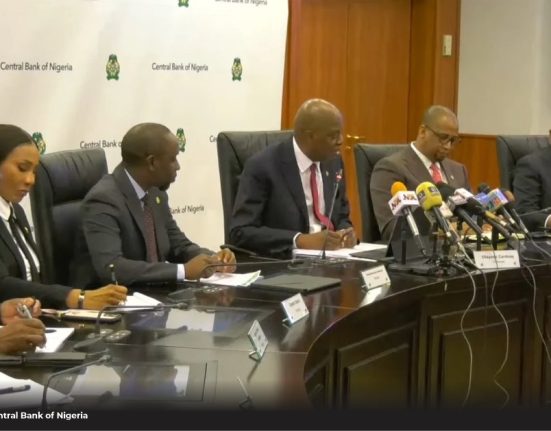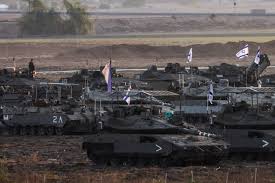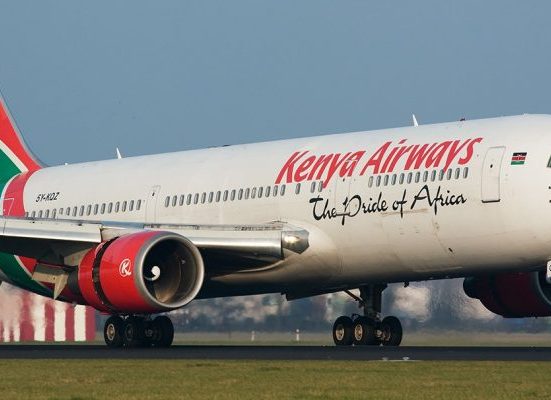The International Air Transport Association (IATA) has projected that aircraft ordered in 2024 may not be delivered until 2040 due to the worsening shortage of aircraft worldwide.
This revelation was made over the weekend in a report published on IATA’s website, which reviewed the ongoing capacity challenges facing the aviation sector.
IATA’s Director-General, Willie Walsh, had previously expressed concerns about supply chain disruptions affecting the industry. He warned that these challenges could negatively impact airline performance in 2025.
Severe Backlog in Aircraft Production
According to IATA’s latest report, aircraft and critical component manufacturers continue to struggle to restore production to pre-pandemic levels due to persistent global supply chain disruptions. Despite air travel surpassing pre-pandemic traffic levels, aircraft supply remains at only 30% of pre-2020 output.
The report highlighted the unprecedented backlog of aircraft orders, stating, “By the end of 2024, the global order backlog had reached a record 17,000 aircraft, equivalent to 50% of the current fleet—far exceeding the historical norm of one-third.
“At current production rates, it would take more than 13 years to clear the backlog. This means that aircraft ordered today may not be delivered until nearly 2040, far beyond the typical planning horizon of airlines.”
IATA warned that these delays pose significant challenges for airlines, making short-term capacity planning difficult and increasing operational costs.
Impact on Airlines and Rising Costs
The global aircraft shortage has led to rising ticket fares as airlines struggle to increase capacity. Many carriers, including Emirates, have invested billions in retrofitting older aircraft to maintain operations while awaiting delayed deliveries.
Airline expansion efforts have been hampered by a combination of factors, including:
Parts shortages slowing aircraft production.
Workforce shortages affecting aircraft manufacturers.
Overloaded repair shops delaying aircraft maintenance.
An analysis of Boeing and Airbus production shortages revealed that between mid-2022 and early 2023, 466 fewer narrow-body aircraft were produced than planned. If supply chain disruptions persist, this deficit could grow to 825 aircraft by 2025 and exceed 1,100 by 2026.
Increased Dependence on Leasing and Secondary Markets
With new aircraft in short supply, airlines have increasingly turned to lessors for aircraft acquisitions. However, the crisis has also extended to the leasing sector, as demand continues to outstrip supply.
The IATA report further stated, “The combination of strong demand and limited supply has significantly increased aircraft waiting times. Historically, lead times ranged between two to three years—slightly longer for wide-body jets and shorter for regional aircraft.
“However, since the late 2010s, delivery timelines have continued to extend, reaching a record 5.3 years in 2024. Airlines are only now receiving aircraft ordered in 2019 or earlier.”
With limited options available, airlines have maximized fleet utilization, pushing daily aircraft usage beyond 8.5 hours for the first time in history.
As the industry grapples with these challenges, stakeholders remain hopeful that manufacturers will find solutions to ease the backlog and stabilize aircraft supply in the coming years.







